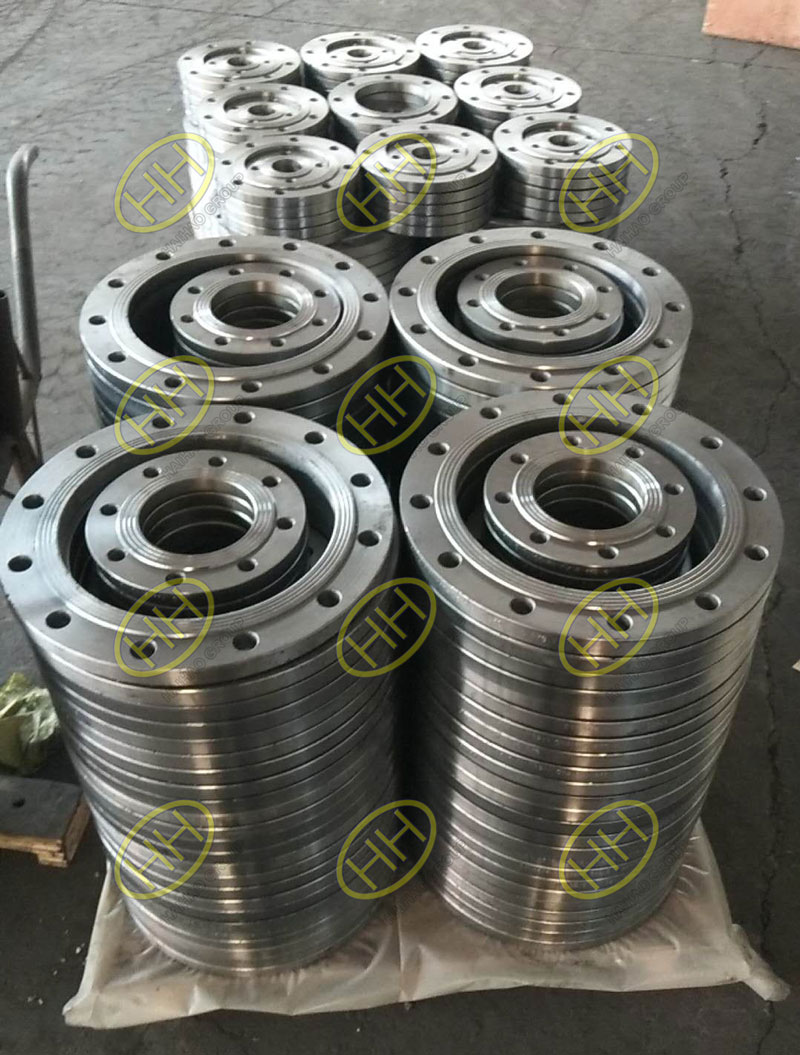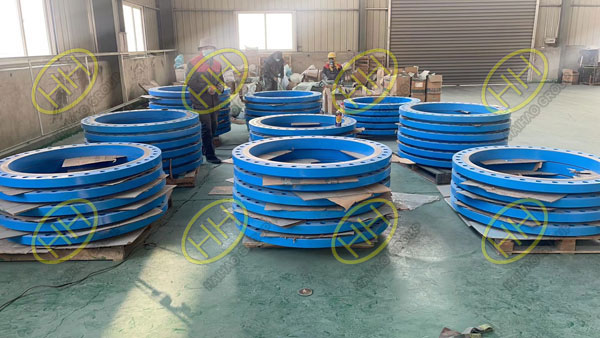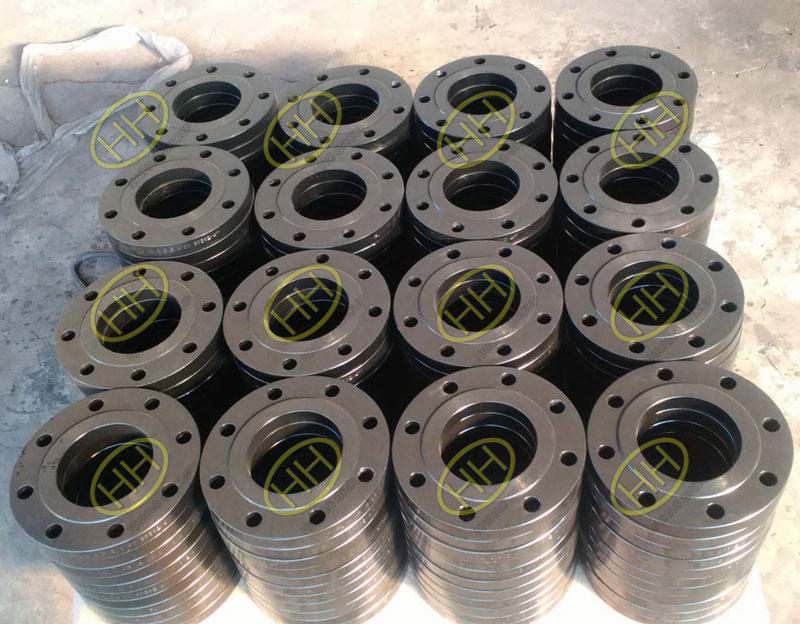How to choose a suitable slip on flange?
What is slip on (SO) flange?
SO flange, short for slip-on flange, is a popular type of flange used in various industries to connect pipes and equipment. It features a circular plate with a bore, allowing the pipe to slip into the flange. Once the pipe is inserted, the flange is welded to the outer rim, creating a strong and leak-proof connection.
Advantages of slip on flange:
Easy Installation: The slip-on design makes slip on flanges incredibly easy to install, reducing downtime during assembly.
Cost-Effective: Slip on flanges are budget-friendly compared to other types of flanges, making them an ideal choice for cost-conscious projects.
Versatile: These flanges are compatible with a wide range of pipe materials, including stainless steel, carbon steel, and alloy steel.
Low-Pressure Applications: Slip on flanges are ideal for low-pressure systems, providing reliable performance under moderate stress.
Space-Saving: With its slim profile, the slip on flange takes up less space, making it suitable for tight installations.
Slip on flanges find extensive usage in various industries and applications, including:Application Scenarios:
Chemical and Petrochemical: Connecting pipelines for the transport of fluids and chemicals.
Water and Wastewater Treatment: Joining pipes in water distribution systems and treatment plants.
Oil and Gas: Facilitating connections in refinery and offshore applications.
Food and Beverage: Used in food processing and beverage production lines.
HVAC Systems: Linking ducts and ventilation systems in heating, ventilation, and air conditioning.
How to choose a suitable slip on flange?
Selecting the right slip on flange for your application is essential to ensure efficiency and safety. Consider the following factors:
Flange Material: Choose a material that aligns with the pipeline content and operating conditions. Common options include carbon steel, stainless steel, and alloy steel.
Pressure Rating: Determine the maximum pressure the flange needs to handle and select an appropriate pressure class.
Pipe Size: The size of the pipe should match the dimensions of the slip on flange to ensure a proper fit.
Application Environment: Consider the specific working conditions of your application. For instance, if the pipeline operates in high-temperature environments or is exposed to corrosive substances, opt for a slip on flange that is resistant to heat and chemical degradation.
Slip on flanges offer a cost-effective and easy-to-use solution for connecting pipes in various industries. Their versatility, ease of installation, and space-saving design make them a top choice for low-pressure applications. Whether you’re in the chemical, water treatment, oil and gas, or food industry, the slip on flange is an indispensable component for reliable and leak-free connections. By understanding the application scenarios and considering key factors during selection, you can make the most of this versatile flange for your projects.




